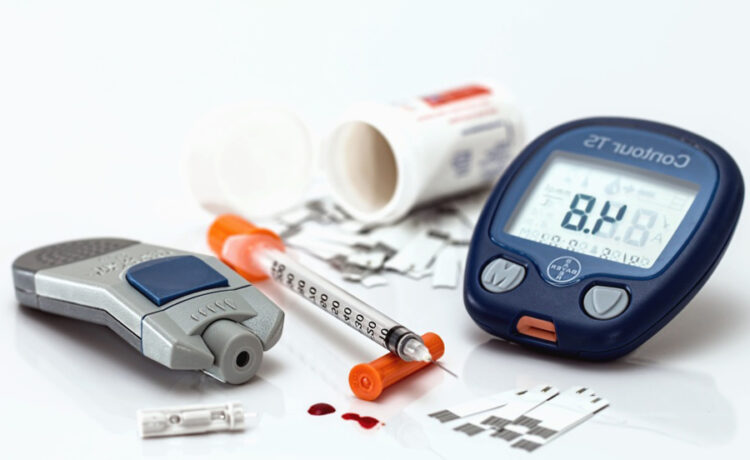Diabetes can impact our daily lives in more ways than we might be able to anticipate. One of these is the effect an insulin dependency has on travel. Since insulin is highly temperature sensitive and perishable, taking it with you on a trip can be quite problematic.
If you want to know how to take insulin with you while traveling, read on for our quick guide.
Insulin Travel Guidelines and Basic Know-How
Before we get to the topic of how to physically best store your insulin while traveling, it’s good to discuss some basic guidelines that apply to every kind of travel experience for someone with an insulin dependency.
First, always consult with your physician and tell them about your plans! That way they can tell you everything you need to know or change about your routine for sure, much better than this generalized guide ever could.
With that said, one thing to look into would be air traffic regulations. On most airlines and in American airspace in general according to the TSA, insulin pumps, pens, and vials must be clearly labeled and marked if you want to bring them with you into the cabin.
You are also legally obligated to tell the TSA personnel that you are diabetic and taking your insulin supplies with you on board this flight, so that they may check it for safety. To make this part easier, there’s a free print-out card that you can take with you to certify this information when asked.
A medical ID is also useful in these kinds of scenarios. It can be a simple card or a bracelet stating your name, along with a standardized ID portrait and a short description of your diabetes type and the specific kind of insulin medication you are taking.
Depending on the place you’re going, check up on the kind of cuisine you can expect on your trip – always opt for diabetic-friendly food to the absolute best of your abilities, try not to compromise!
If you’re going long-haul, things might get a bit more complicated – the switching time zones means your doctor might have to temporarily alter your prescription, and in any case, you will need an alarm to remind you to take your medicine at the right time while on the plane. You can set this up on your phone, of course, just remember to do so ahead of time to avoid any mishaps.
Also remember, particularly on longer drives, to take a rest stop and walk for a few minutes every two hours or more if you can. This helps prevent blood clots, which are much more of a risk for people with diabetes compared to the rest of the population
How to Keep Insulin Cool While Traveling
While the above guidelines are a surefire way to make insulin travel a bit less of a headache, they’re not everything. Yep, the elephant in the room for sure is insulin’s notorious temperature sensitivity. Particularly when going to hot places (as many of us like to do in the summer), insulin can go bad extremely quickly, and you don’t want to be caught in a foreign country with no working dose at hand.
For that, we recommend a simple, yet foolproof solution: the insulin cooler. An insulin cooler often looks like a sort of pouch or small bag that you slip your insulin pens, pumps, or vials into. Like a thermos, it maintains the perfect storage temperature on the inside irrespective of the air temperature outside.
Using an insulin cooler for travel is a no-brainer these days. It gets rid of plenty of headaches while being cheap, easy to use, and very practical. They come in hundreds of sizes and shapes, so there’s something for everyone for sure. Ask your physician for more information, and an investment in an insulin cooler will be something you won’t regret, for sure.









